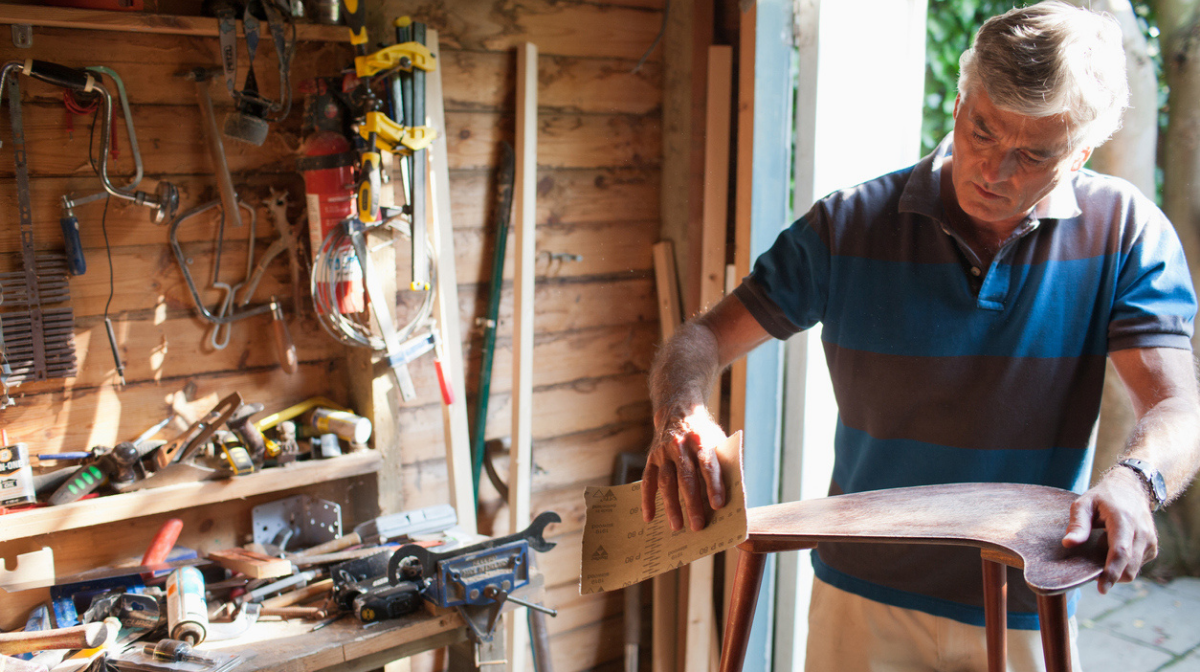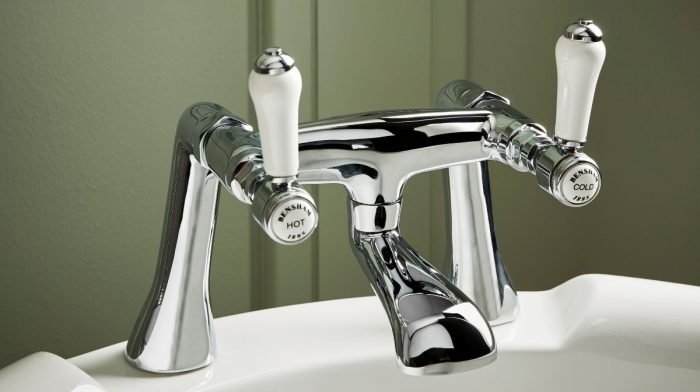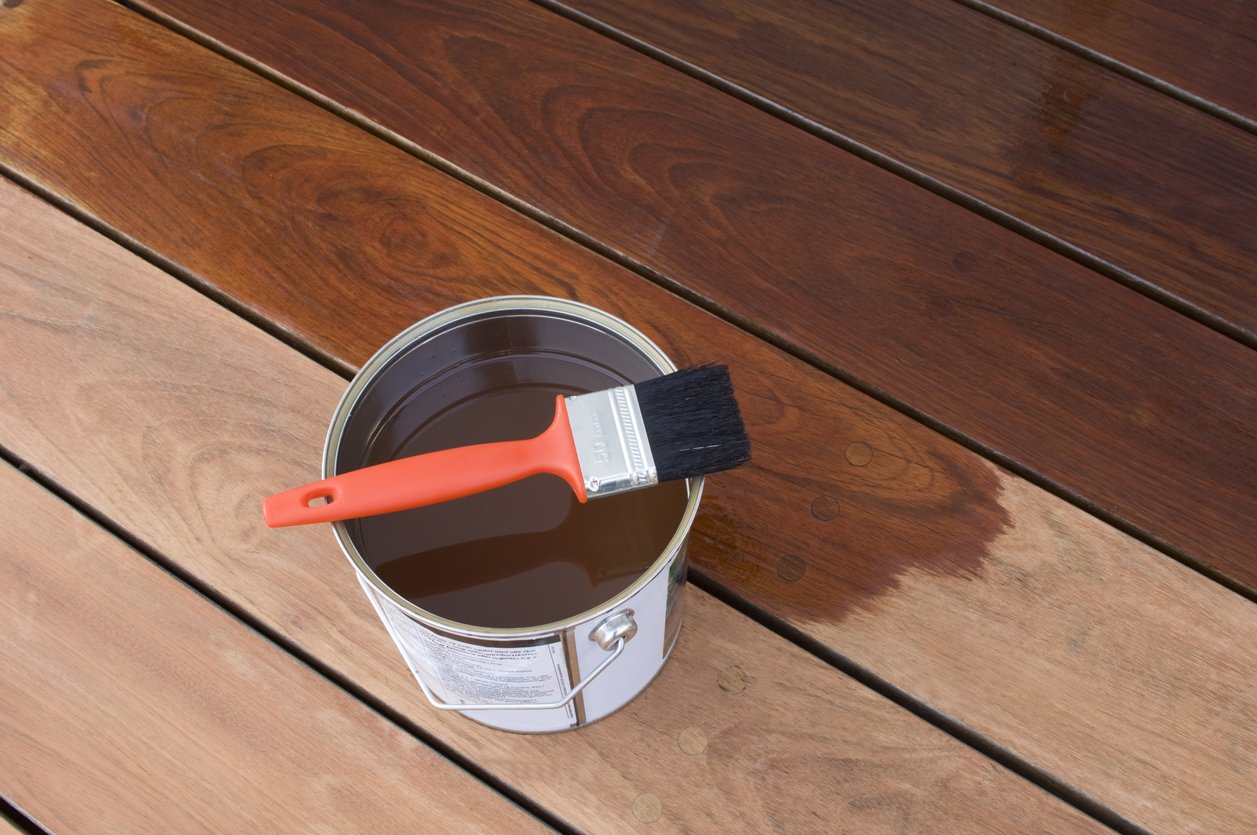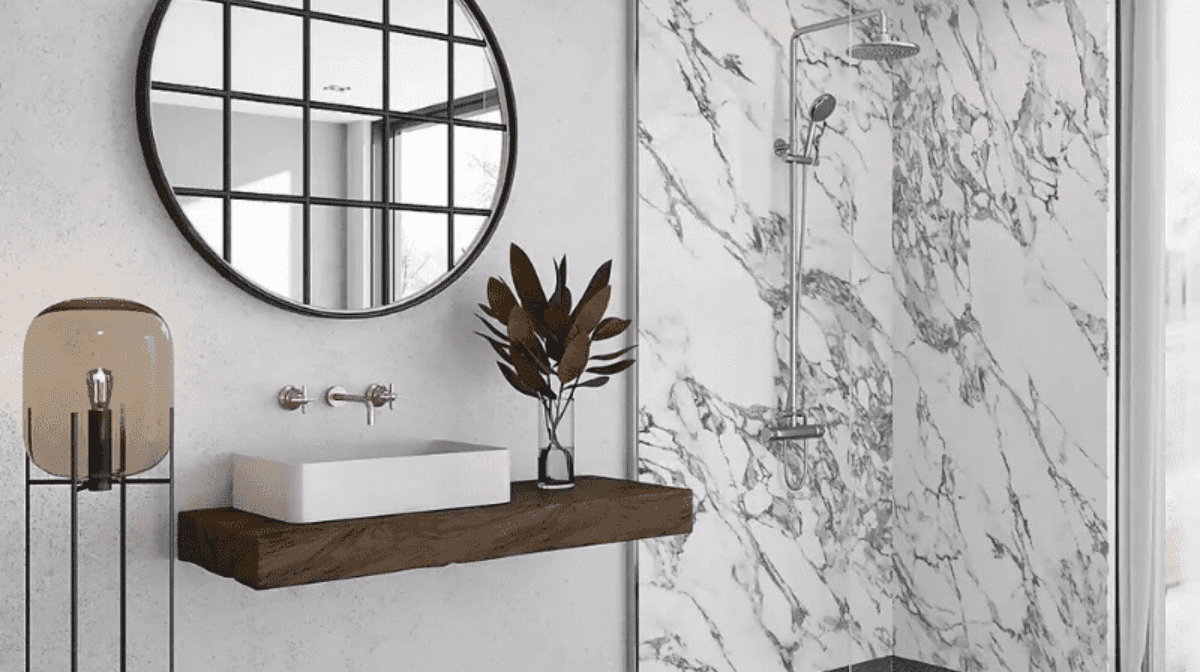The benefits of insulating your shed
Adding insulation to your shed might seem unnecessary, but it comes with three major benefits if you choose to do it.
Keeps your temperature regulated
Non-insulated sheds can vary wildly in temperature throughout the year – from extremely cold in winter to excessive heat and humidity in summer. By adding insulation you can better regulate your shed’s temperature and therefore protect sensitive storage like paint and electronics, all while saving money on heating or fans too.
Free to enjoy all year round
By regulating your shed’s temperature, it becomes much easier to enjoy all year round- and even opens it up to a whole range of new possibilities. Such as transforming it into a home office, workshop or even a cosy hideaway.
Create a longer-lasting living space
From rust to damp, mould and insects – there are plenty of ways excessive heat or moisture can damage your shed over time. However, you can cut down on all that by keeping your shed’s temperature stable.
Top tip: Take a look at these energy saving tips for more ways to make your home more efficient.
Your simple ‘safe and secure’ checklist
Which types of shed can you insulate?
The most common type of shed to add insulation to is the classic wooden shed, but it is also possible to add insulation to a metal or plastic shed too.
Make room to move
Getting your shed as clear as possible makes it easier and safer to manoeuvre when you’re insulating it – so take out any toys, tools and equipment in the meantime.
Check for holes or leaks
The biggest reason to insulate your shed is to help regulate the temperature – which isn’t possible if there are holes or missing seals around the door.
Nail down loose roof felt
Your shed roof often loses the most heat throughout the year – so it’s worth double checking the roof felt is still intact. If not, nail down the corners firmly to make your life easier.
Protect yourself and your shed
Before you get started, put down a dust sheet to protect your shed flooring and pop on some safety goggles to protect your eyes.
Find the best insulation for your shed
Bubble wrap
Best suited to wooden sheds only, the cheapest, quickest and easiest method of insulating your shed is with everyday bubble wrap. Here’s how to install it:
- Cut your bubble wrap into strips to fit your shed’s frame on the interior walls.
- Using tacks or a heavy-duty stapler, attach your bubble wrap to the walls.
- Make sure you staple it to the framing, not the cladding – as this will create an air gap to stop damp getting through.
- If you’re worried about keeping the look of your shed intact, just cover it over with a thin layer of MDF or plywood – also cut to size.










